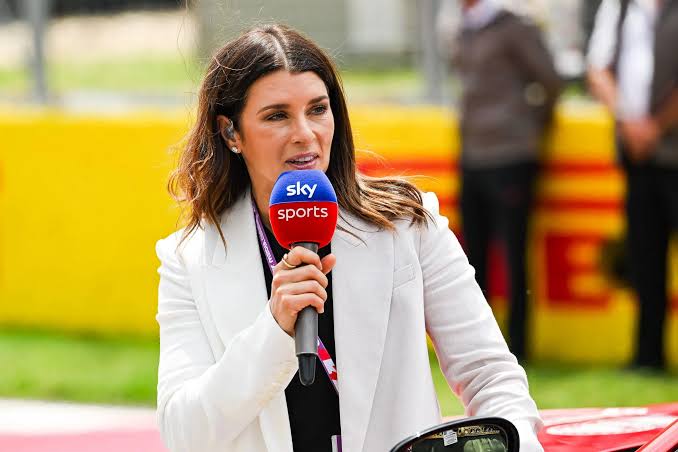
Danica Patrick, a trailblazing figure in the world of motorsports, has once again sparked debate with her recent comments on transgender athletes. Known for her outspoken nature, Patrick took to social media to express her views on the inclusion of transgender women in women’s sports. This post has reignited a heated discussion on gender identity, fairness in competition, and the evolving landscape of athletics.
In her post, Patrick emphasized her belief that athletes should compete in categories that align with their biological sex. She argued that while she fully supports the rights of individuals to express their gender identity, the competitive advantages that may arise from physical differences cannot be ignored. This perspective resonates with many who share concerns about maintaining a level playing field in women’s sports.
Patrick’s comments come amid ongoing debates within various sports organizations about policies regarding transgender athletes. The NCAA, Olympic committees, and numerous professional leagues have been revising their regulations to address the complex issues surrounding gender and athletics. Some argue that allowing transgender women to compete in women’s categories undermines the achievements of cisgender female athletes, potentially skewing competition results and disadvantaging those who are biologically female.
Critics of Patrick’s stance have pointed out that her comments may contribute to a narrative that marginalizes transgender individuals. Activists argue that transgender athletes face significant challenges and discrimination, and their inclusion in sports should be viewed as a step toward equality rather than a threat. They assert that sports should be inclusive spaces where all athletes can compete and thrive, regardless of their gender identity.
Patrick, however, maintains that her focus is on the integrity of women’s sports. In her view, the physiological advantages often associated with male puberty — such as bone density, muscle mass, and cardiovascular capabilities — create an uneven playing field that cannot be disregarded. She advocates for a careful examination of policies governing transgender participation to ensure fair competition while respecting the rights of all athletes.
This topic has not only divided sports communities but has also entered the broader societal discourse, with numerous public figures and organizations weighing in. While some, like Patrick, call for more restrictive measures regarding transgender participation in women’s sports, others advocate for more inclusive policies. The tension between maintaining fairness in competition and fostering inclusivity presents a complex challenge that many sports organizations are still grappling with.
The fallout from Patrick’s post has been immediate. Social media has exploded with reactions, ranging from support to outrage. Many of her fans appreciate her candidness and her commitment to protecting women’s sports, while others accuse her of perpetuating harmful stereotypes and discrimination against transgender athletes. The polarized responses underscore the difficulty of navigating this sensitive issue in today’s climate, where discussions about gender and identity are increasingly nuanced.
Moreover, Patrick’s comments have drawn attention to the potential impact on young athletes. Many young girls look up to figures like Patrick and are inspired by their success in a historically male-dominated sport. Some fear that if women’s sports are perceived as unfair, it could discourage participation among girls, who might feel they cannot compete on equal footing. This concern highlights the importance of balancing fairness with the need for young athletes to feel empowered and included.
In her defense, Patrick has argued that advocating for the integrity of women’s sports does not equate to a denial of transgender rights. She has called for continued dialogue and research on the subject, suggesting that any policies should be informed by science and the latest understanding of gender and athletic performance. This approach seeks to create a framework that honors both the rights of transgender athletes and the need for fairness in competition.
As this debate continues to unfold, Patrick’s post serves as a reminder of the complexities surrounding gender identity in sports. The conversation is far from over, and it is likely that more athletes, organizations, and advocates will weigh in on this contentious issue. With significant implications for the future of competitive sports, the dialogue surrounding transgender athletes will remain a critical topic in the coming years, necessitating thoughtful consideration and open communication among all stakeholders involved.
As society continues to evolve, the intersection of sports, gender, and identity will challenge norms and push for new understandings of fairness, inclusion, and respect in the athletic community.





